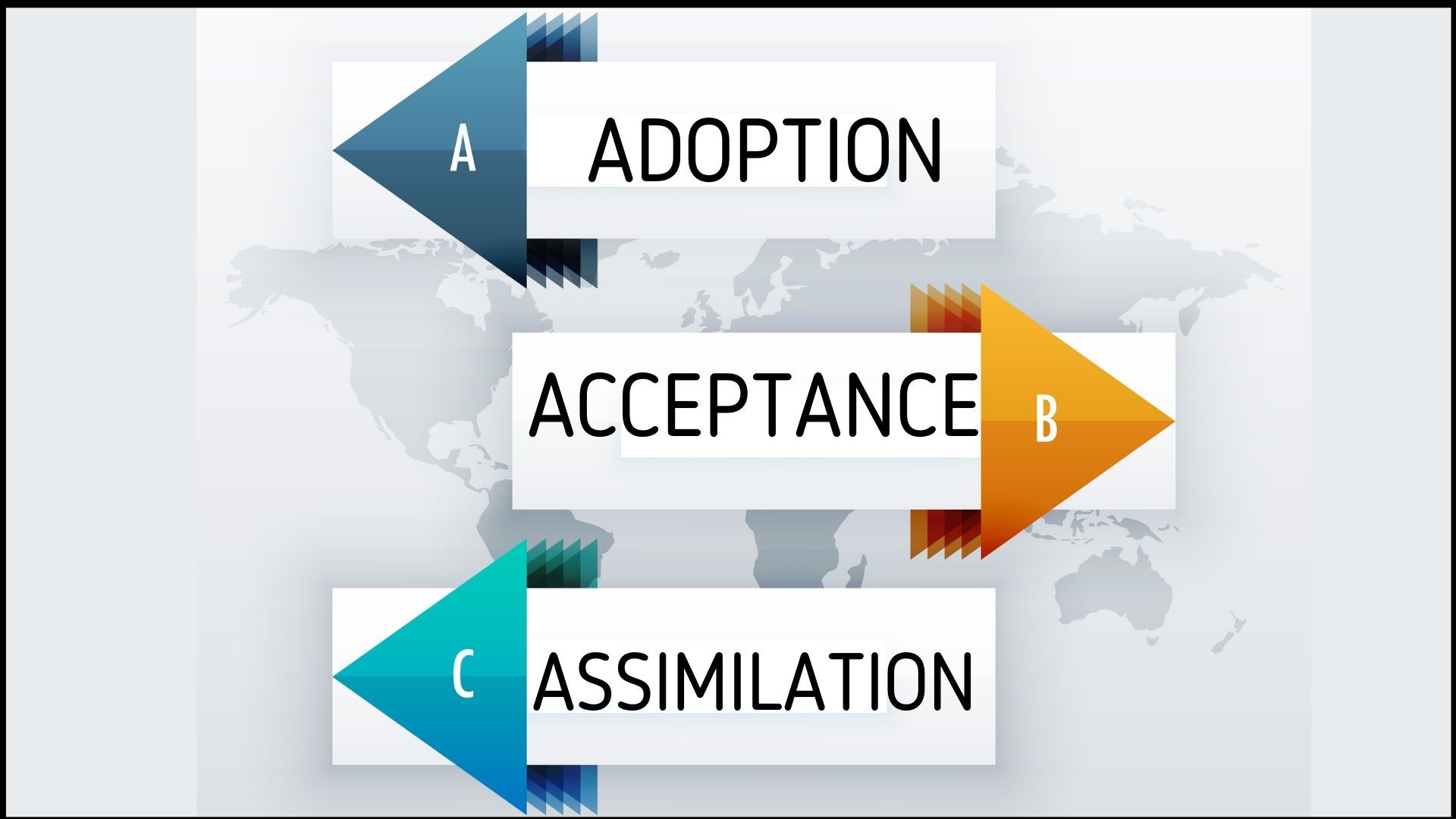
Understanding Knowledge Management Systems: Types, Stages, and Differences

A Knowledge Management System is a powerful tool for storing and accessing information within an organization It consists of three stages: adoption, acceptance, and assimilation KMS benefits both customers and employees and there are four types of KMS available Some of the most user-friendly KMS platforms include WordPress, Document360, HelpJuice, ZOHO WIKI, and Lessonly However, there are challenges to adopting a KMS
An organization can utilize a Knowledge Management System (KMS) as an IT solution for efficiently storing and accessing knowledge and pertinent information. With this system, employees and customers alike can easily create, share, and retrieve knowledge, information, and data. In today's technology-driven world, a KMS has become a crucial tool for enhancing an organization's knowledge base. The organization's approach to presenting its documentation to its audience forms the foundation of the KMS system.
A crucial aspect of a Knowledge Management system is its document repository, training programs, FAQs, and community engagement. These elements serve as the foundation for users to access and utilize knowledge within an organization. However, a comprehensive Knowledge Management System extends beyond just documentation to encompass the company's standard operating procedures and cultural norms that expand its user base.
A comprehensive understanding of knowledge management systems is crucial for organizations to enhance their performance and profitability. In this post, we will explore how organizations can incorporate this system to achieve optimal results. Let's dive in without delay.
What is Knowledge Management Systems?
Society and organizations often rely on knowledge as a strong point of reference, typically in the form of statistically developed models of data. However, the challenge lies in effectively utilizing this vast potential of knowledge.
An organization needs information to begin something new, such as data to meet customers' needs, organizational documentation, and defining ideals for new employees. An efficient Knowledge Management System can meet these requirements. When an institution faces a hindrance, it is more convenient to utilize an already established knowledge system rather than starting from scratch. This approach saves time, preserves resources, and prevents wasted brainstorming for a new solution every time.
KMS is a valuable business tool that optimizes the flow of knowledge within an organization. It can improve customer support operations and facilitate collaboration among support agents. To ensure effectiveness, KMS goes through various stages.
Three Stages to the Successful Implementation of KMS
A knowledge management system's success heavily relies on how well it aligns with an organization's existing structure. Therefore, it's crucial to take a bottom-up approach and consider all aspects before selecting an ideal KMS.
To establish a robust knowledge management system, it's imperative to focus on the end-user. Organizations must understand the needs of their customers and implement techniques to address their queries efficiently.
The three stages to an ideal KMS are adopting the system, accepting its nuances, and assimilating the same to the current organizational base.
1. Adoption
The process involves carefully analyzing the needs of the organization and selecting a KM system that is intuitive and well-suited to meet those needs. It is important that the system chosen is user-friendly, as this will impact communication and innovation within the organization.
It also requires a cost-benefit analysis and how the system shall foster rather than hinder the organizational progress.
2. Acceptance
The effectiveness of an organization's KM system is reflected in the performance of its employees, which in turn relies on their ability to comprehend and utilize the system. Clear understanding of the system by both employees and users promotes smooth communication within the organization.
To what level are users involved in the process of evaluation of the system defines the level of the managerial finesse of the KM system.
3. Assimilation
Ensuring that your KMS stays up to date with the latest data and information is crucial for its success after installation. This includes working on factors that will attract positive ratings and maintain a favorable cost-to-benefit ratio. To achieve optimal assimilation, it is advisable to involve all levels of management in the organization.
Benefits of the Knowledge Management System
An ideal Knowledge Management System helps to systematize the orientation of the organization.
It serves as a medium to define what an organization stands for. A well-suited system promotes progressive sales, employee loyalty, as well as a structured training fabric.
1. Benefits of KMS to the customers
with the help of quick and efficient solutions, which are readily available on the KMS platform. This not only saves valuable time but also enhances the user experience, ensuring that they can rely on the KMS to resolve any issues they encounter. The KMS serves as a one-stop-shop for all the information and resources required to solve problems, making it a crucial tool for any organization looking to streamline their operations and improve overall productivity.
On-demand solutions
Sharing of expert knowledge, so no need to seek help anywhere else
2. Benefits of KMS to the employees
Effortless access to an organization's knowledge base is vital for effective communication channels within the company. When employees don't have to struggle to access information, it allows them to perform at their best, ultimately leading to a higher quality of personnel. This ensures that the organization is operating at peak performance and that communication flow is seamless.
Reduction in costs of customer support
Effective training of employees and teams
Optimizing public knowledge bases can lead to improved search engine rankings, which in turn can drive business growth. Investing in a KMS now can provide long-term benefits for your business.
Rewritten content:
The benefits of these dividends come in various forms, including monetary rewards, a structured instructional approach, and a positive reputation among both users and employees. Moving forward, let's explore the various types of Knowledge Management Systems available.
4 Types of Knowledge Management Systems
Customer Support KMS
Expert Knowledge KMS
Document Management System
Database Management System
5 Most User-friendly KMS platforms
These platforms have earned a great reputation over the years due to their user-friendly interfaces, easy accessibility, and cost-effective benefits. When looking for an ideal KMS for your organization, consider the following highly regarded options.
1. WordPress
This KMS platform serves as an all-rounder quick fix to all types of client management requirements. It gives the user a creative license according to the requirement.
It is considered the best fit for all kinds of knowledge bases. It is cost-efficient, plus it includes thousands of theme designs, SEO, plugins, etc.
2.Document360
3. HelpJuice
This platform provides a comprehensive self-service solution for organizing, assembling, and accessing information. With its powerful editors, customizable dashboards, and Google Drive-like interface, users can easily integrate third-party tools and streamline their workflow.
This platform is highly favored by contemporary start-ups and MSMEs due to its user-friendly interface, as well as its built-in editor that allows for personalized work history. Additionally, it offers a range of features such as third-party integration, customizable themes, and other customization options.
4. ZOHO WIKI
Empower your small or private business with an all-in-one solution for essential business tools at an affordable price. Our platform not only provides easy content management, but also allows you to manage user permissions, organize content by category, and seamlessly integrate with third-party services.
5. Lessonly
This management software focuses primarily on employee training and offers various visual tools to encourage collaboration and communication among members of an organization. It has undergone some development to enhance its functionality.
It includes a simple course builder and dashboard along with third-party integrations, stats, and reports.
Challenges to Adopting a Knowledge Management System
A well-designed statistical KMS can certainly enhance an organization, but it's important to consider the potential drawbacks. In order for these systems to truly be effective, there needs to be a balance between the employees' psychological well-being and the technological investment.
Without a shared goal in the organization, any investment in the KMS would be rendered useless. Additionally, the lack of reciprocity creates a disincentive for both employees and users, further hindering its efficiency.
Final Thoughts!
However, it is important to note that the effectiveness of KMS in addressing user-base issues and preventing information loss depends heavily on the organization's ability to persuade its users about the benefits of implementing such a system.
Now it is your turn!
Tell us how important do you consider Knowledge Management System? Share the list of your favorite KMS in the comment section below.








